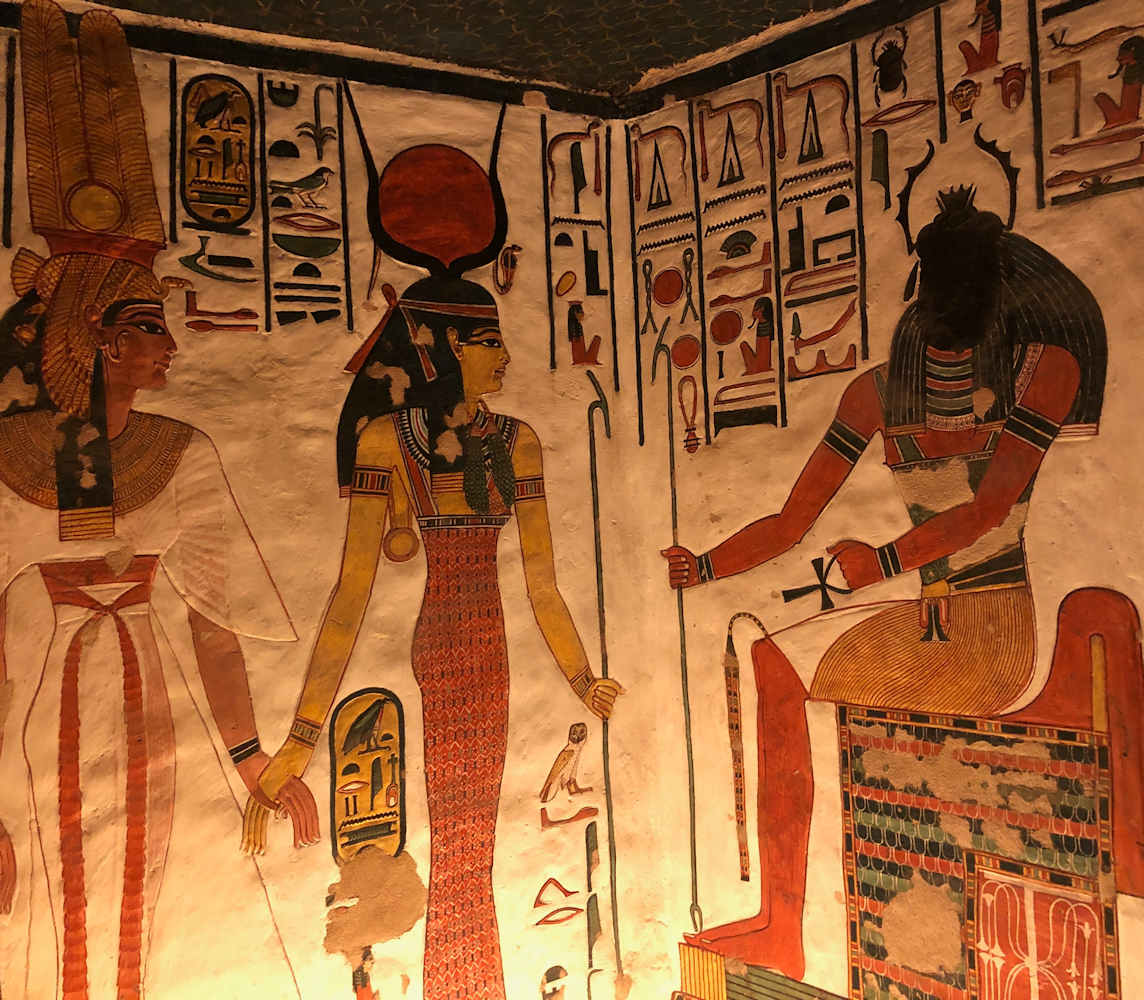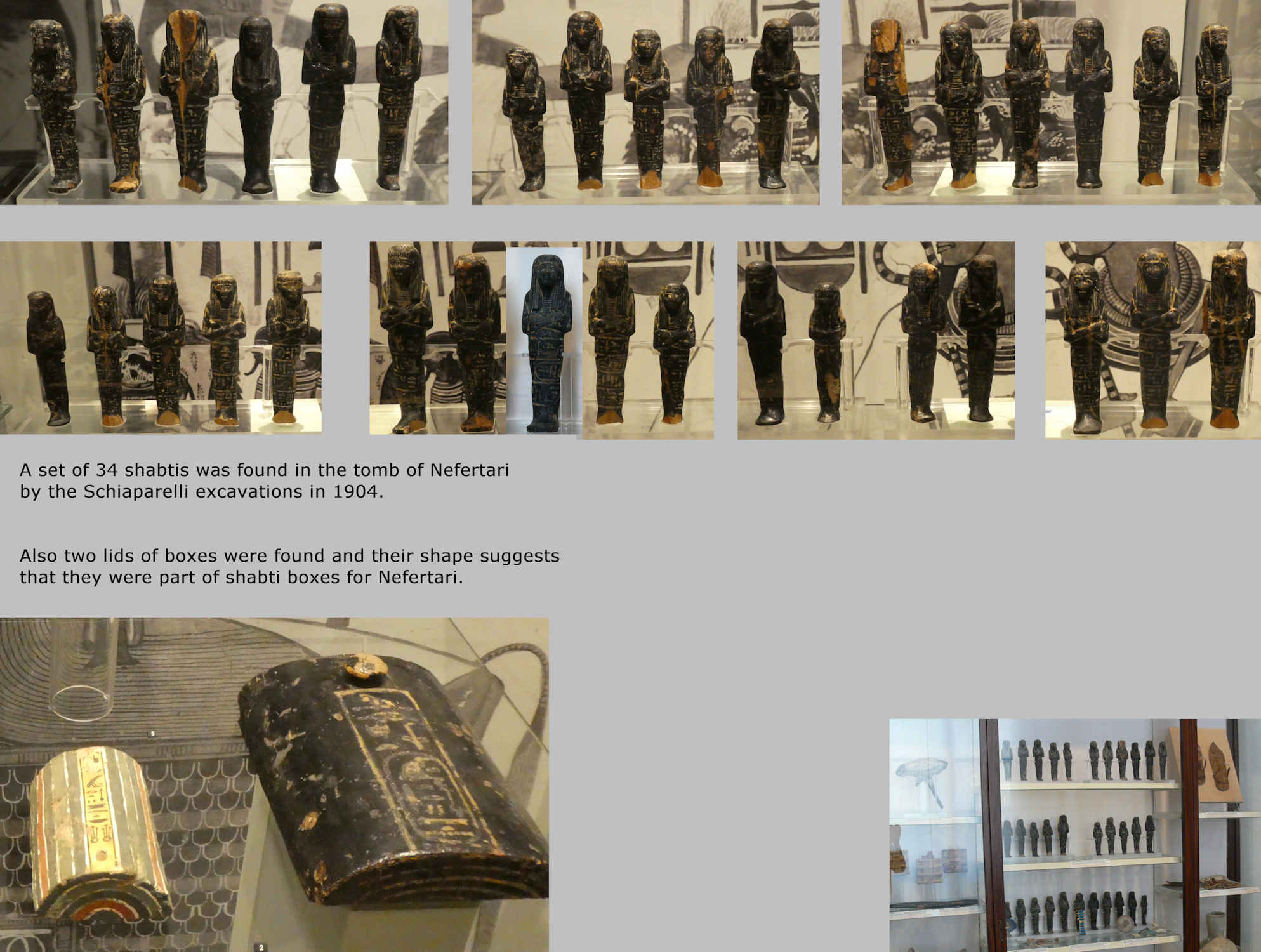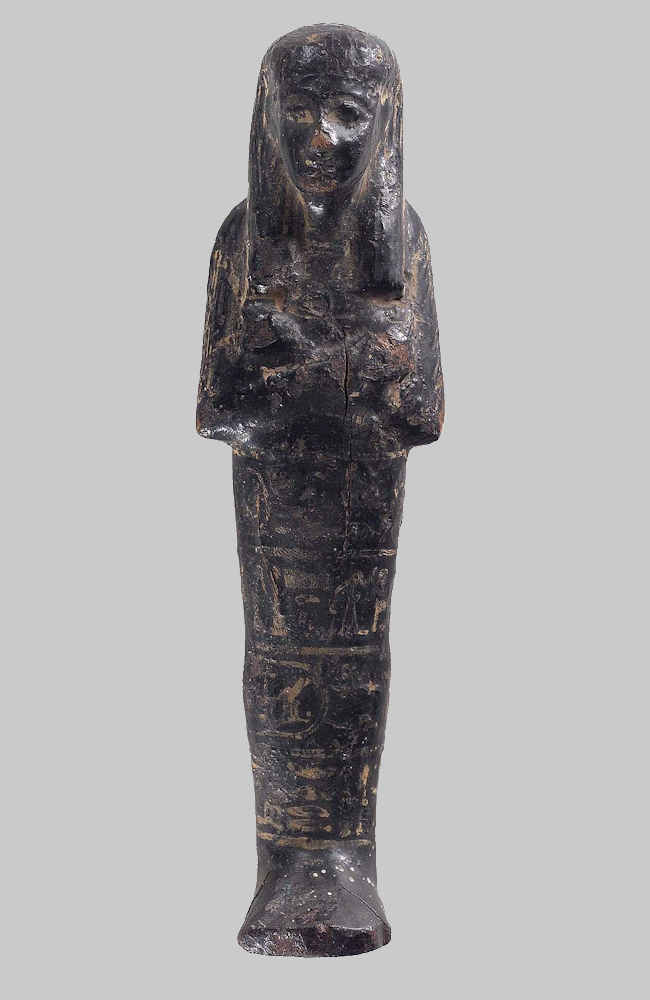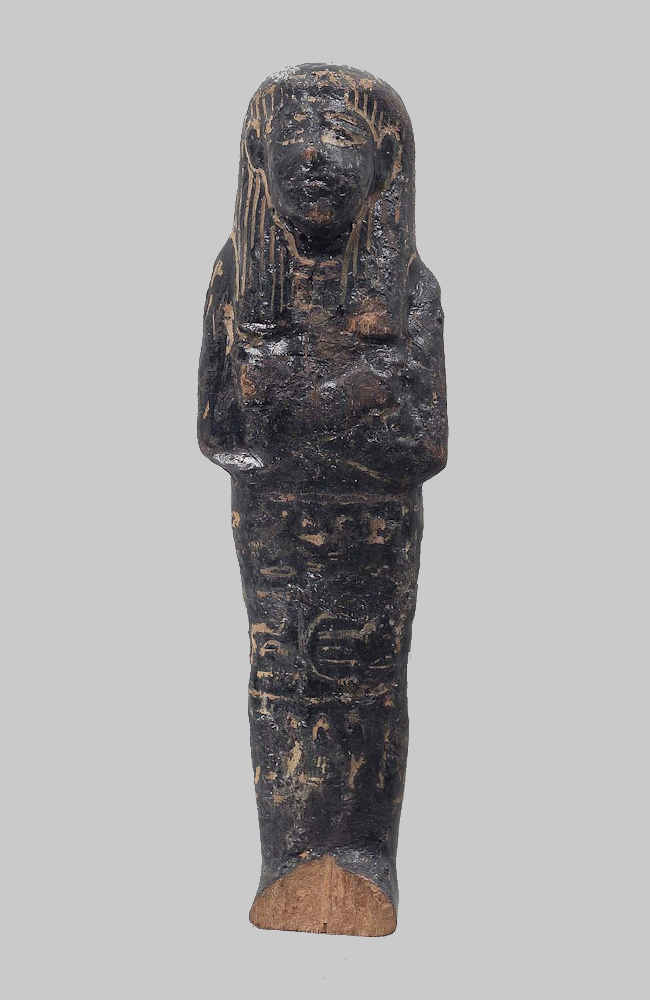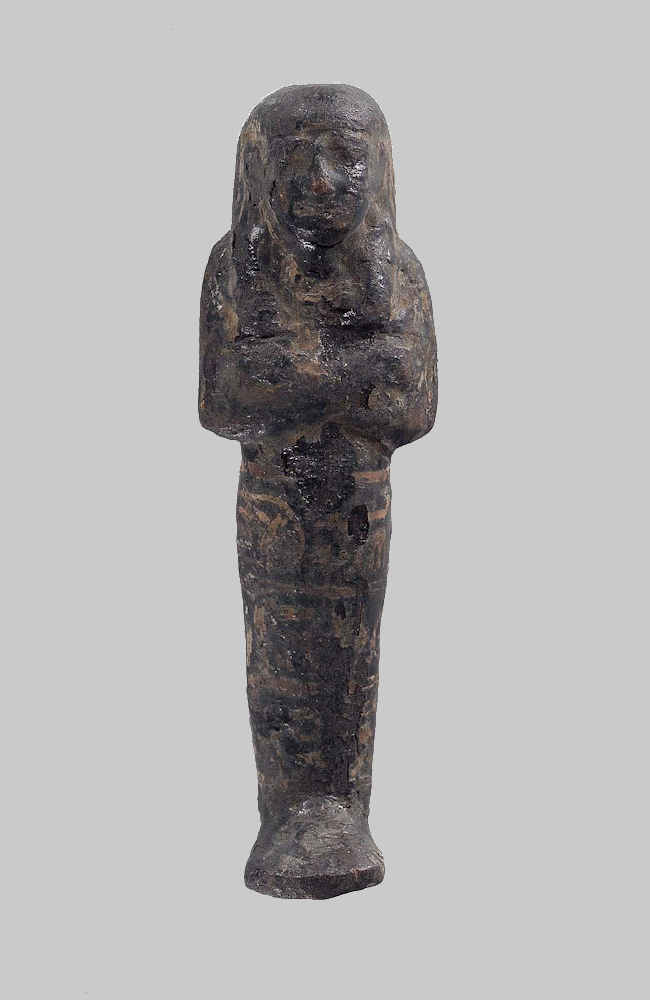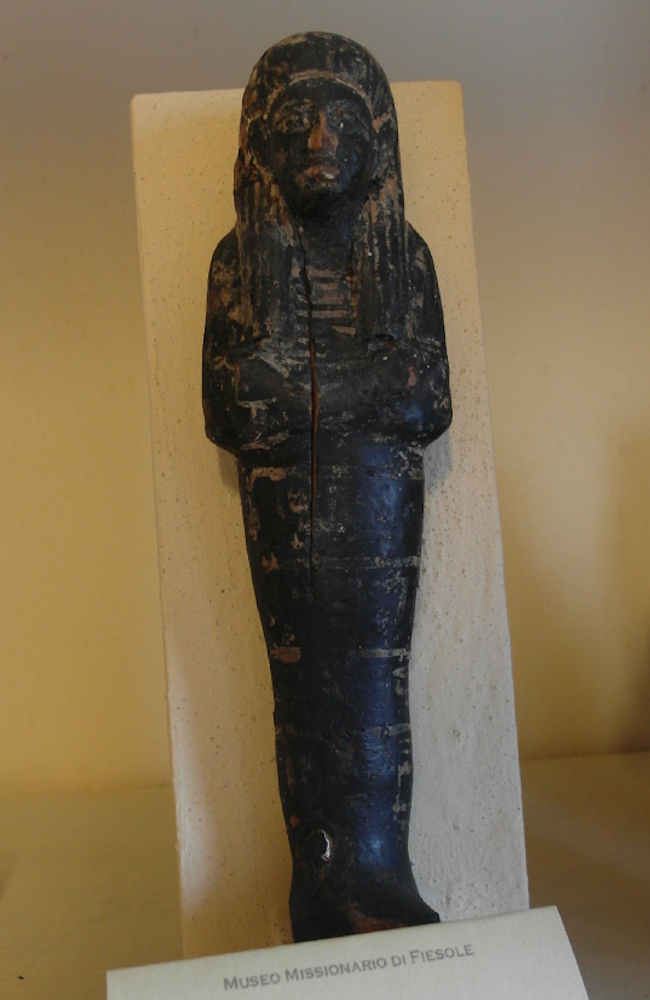Nefertari
Nefertari, also known as Nefertari Meritmut, was an Egyptian queen and the first of the Great Royal Wives (or principal wives) of Ramesses the Great. Nefertari means ‘beautiful companion’ and Meritmut means ‘Beloved of [the goddess] Mut’.
She is one of the best known Egyptian queens, next to Cleopatra, Nefertiti, and Hatshepsut. She was highly educated and able to both read and write hieroglyphs, a very rare skill at the time. She used these skills in her diplomatic work, corresponding with other prominent royals of the time. Her lavishly decorated tomb, QV66, is one of the largest and most spectacular in the Valley of the Queens.
Ramesses also constructed a temple for her at Abu Simbel next to his colossal monument there.
Ramesses II (must have loved her very much because he) also named her ‘The one for whom the sun shines’.
Source Wiki
See also Art and Eternity: The Nefertari Wall Paintings Conservation Project, 1986-1992. Miguel Angel Corzo and Mahasti Afshar, Editors. 1993.
On top 33 shabtis exhibited in Leiden 2017, Godinnen van de Nijl. One shabti is from a photo taken in Turin
On the right the Nefertari cabinet in Museo Egizio, Turin 2007. Photos: VB
Nefertari
In 1904 the Schiaparelli excavation found a set of 34 shabtis in the amazing tomb of the beautiful and beloved Nefertari in the Queens Valley QV 66. Although most shabtis did not survive the millennia, this group and as we will see, some more came to the surface. The Museum of Fine Arts in Boston has 3 shabtis in their collection with this provenance note: “Said to be from the Valley of the Queens (Thebes), Tomb of Queen Nefertari (QV 66). 1904: purchased for the MFA from Mohamed Mohassib, Luxor, Egypt by Albert M. Lythgoe as part of a group (04.1953-04.1956, 04.1766-04.1769) for £40. (Accession Date: January 1, 1904)”. So we might assume that parts of the exploration did not enter the records and were given away or sold in 1904 in Luxor. Although I could not find them, I also think some of the shabtis are in the Cairo Museum.
Nefertari
This wooden shawabty (20 cm) is coated completely with bitumen. It depicts a mummiform figure wearing a tripartite wig. Arms are crossed opposite right over left on the chest. Very faded remains of yellowish-white paint are still evident for detailing of attributes such as hair tresses in the wig and facial features. The hands hold implements of field work, one hoe held against each shoulder. Four horizontal bands of hieroglyphic text with dividing lines also appear on the legs, painted in yellow that has largely faded. Cartouches of Queen Nefertari (wife of King Ramesses II of Dynasty 19) are discernible in the remaining text. A chip is missing from the back.
Museum of Fine Arts Boston, no. 04.1767
Text and photo copied from MFA website
Nefertari
This wooden shawabty (17 cm) is coated completely with bitumen. It depicts a mummiform figure wearing a tripartite wig. Its arms are crossed opposite right over left on the chest. Very faded remnants of yellowish-white paint are still evident for detailing of attributes such as hair tresses in the wig and facial features. The hands hold implements of field work now mostly indistinct but likely a hoe held against each shoulder. Three horizontal bands of hieroglyphic text with dividing lines also appear on the legs, painted in yellow that has largely faded. The text includes the cartouche of Queen Nefertari, wife of King Ramesses II of Dynasty 19. The front of the foot has broken away.
Museum of Fine Arts Boston, no. 04.1768
Text and photo copied from MFA website
Nefertari
This wooden shawabty (16 cm) is coated completely with bitumen. It depicts a characteristically mummiform figure wearing a tripartite wig. Its arms are rendered fully, shown crossed over the chest. Very faded remnants of yellowish-white paint are still evident for detailing of attributes such as hair lines in the wig, facial features, and agricultural equipment (indistinct, though likely either two hoes or one pick and one hoe). Three wide horizontal bands of hieroglyphic text with dividing lines also appear on the legs, painted in yellow that has largely faded. At least one cartouche can be made out, likely that of Queen Nefertari, wife of King Ramesses II of Dynasty 19. Some areas of the bitumen coating have flaked off.
Museum of Fine Arts Boston, no. 04.1769
Text and photo copied from MFA website
Nefertari
Royal Ontario Museum, Toronto
Dimensions: 16.35 × 4.45 × 3.1 cm
Object number: 910.23.1
Photo: Royal Ontario Museum


